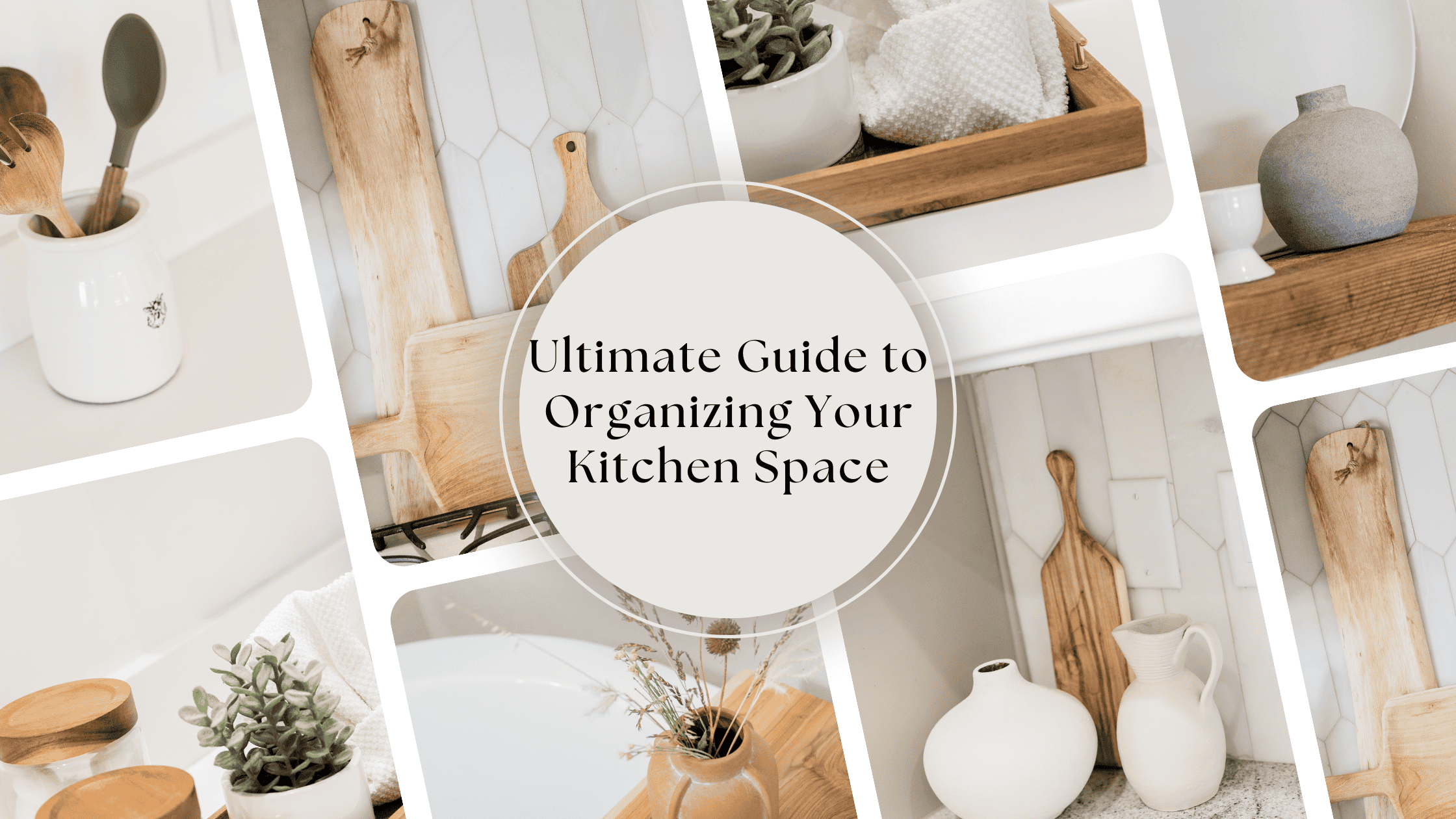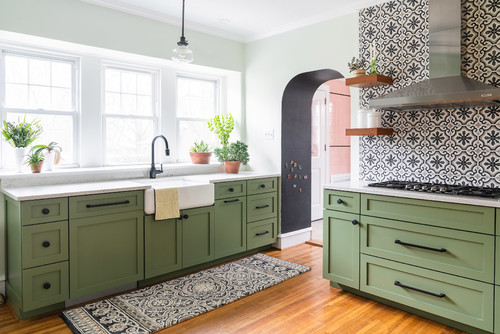Ultimate Guide to Organizing Your Kitchen Space
Photo by NORTH STAR KITCHENS – Search kitchen pictures
In today’s fast-paced world, the kitchen is not just a place to cook; it’s the heart of the home, where families gather and memories are made. Organizing your kitchen space efficiently not only enhances its functionality but also makes cooking a joyous experience. Lets dive into a comprehensive guide to help you transform your kitchen into a well-organized haven of culinary creativity.
Assessing Your Kitchen’s Layout and Needs
The first step to achieving an organized kitchen is understanding its layout and your specific needs. Assess the available storage space, countertop area, and any existing shelving or cabinetry. Take note of where you naturally gravitate during meal preparation and cooking. This initial assessment will guide the subsequent steps in optimizing your kitchen space.
Decluttering and Streamlining
Decluttering is the cornerstone of effective kitchen organization. Begin by purging expired food items, duplicate utensils, and unused appliances. Simplify your kitchen tools to the essentials you regularly use. Consider donating items that are in good condition but no longer serve a purpose in your kitchen.
Categorizing and Storage Solutions
Photo by Designs for Living by Wendy, LLC – More kitchen ideas
Once you’ve decluttered, categorize your remaining items. Group similar items together, such as baking supplies, spices, and cookware. Invest in storage solutions like drawer dividers, lazy Susan for corner cabinets, and stackable containers. Utilize vertical space with hanging racks for pots and pans, or install hooks for frequently used utensils.
Maximize your cabinet and drawer space with the following strategies:
- Use Drawer Dividers: Invest in adjustable drawer dividers to keep utensils, cutlery, and small gadgets neatly separated.
- Install Shelf Risers: Shelf risers double the storage space in cabinets by allowing you to stack items without creating a mess.
- Utilize Door Space: Attach racks or hooks to the inside of cabinet doors to store lids, cutting boards, and other flat items.
- Add Pull-Out Shelves: Pull-out shelves make it easier to access items at the back of deep cabinets, reducing the risk of forgotten or unused products.
Optimizing Countertop Space
Photo by Garman Homes – Look for kitchen design inspiration
Maximize your countertop space by keeping only essential appliances and tools within reach. Store bulky appliances that are not used daily in cabinets or pantry shelves. Use decorative trays or baskets to corral smaller items like spices or oils, keeping them both accessible and visually appealing.
Creating Functional Work Zones
Designate specific work zones in your kitchen based on tasks such as food prep, cooking, and cleanup. Keep cutting boards, knives, and mixing bowls near your primary prep area. Store pots, pans, and cooking utensils near the stove for easy access during cooking. Place dish soap, sponges, and towels close to the sink for efficient cleanup.
Creating specific zones for different kitchen activities can significantly improve organization. Consider the following zones:
- Prep Zone: Close to the sink and equipped with cutting boards, knives, and mixing bowls.
- Cooking Zone: Near the stove, with pots, pans, cooking utensils, and spices within arm’s reach.
- Cleaning Zone: Around the sink, stocked with dish soap, sponges, and cleaning supplies.
- Storage Zone: A dedicated area for food storage, including a pantry and refrigerator.
Organize the Pantry
A well-organized pantry is crucial for maintaining an efficient kitchen. Implement these tips for optimal pantry organization:
- Categorize Food Items: Group similar items together, such as canned goods, cereals, snacks, and baking supplies.
- Use Clear Containers: Transfer dry goods into clear, airtight containers to keep them fresh and easily identifiable.
- Label Everything: Clearly label shelves and containers to make it easy to find and return items to their proper place.
- Rotate Stock: Implement a first-in, first-out system to ensure older items are used before newer ones, reducing waste.
Maintaining Cleanliness and Order
Regular maintenance is key to sustaining an organized kitchen. Develop a daily cleaning routine that includes wiping down countertops, washing dishes promptly after meals, and sweeping or vacuuming floors. Schedule regular deep-cleaning sessions to tackle overlooked areas like inside cabinets or behind appliances.
Incorporating Personal Touches
Photo by Airy Kitchens – Browse kitchen ideas
While functionality is paramount, don’t forget to infuse your kitchen with personal touches that reflect your style and personality. Display favorite cookbooks on open shelves, showcase heirloom dishes or kitchenware, or incorporate indoor plants for a touch of greenery.
By following these tips for organizing your kitchen space, you can create a harmonious environment that supports your culinary adventures while reducing stress and enhancing efficiency. Remember, organizing your kitchen is not a one-time task but an ongoing process that evolves with your needs and lifestyle.

All About Homes











